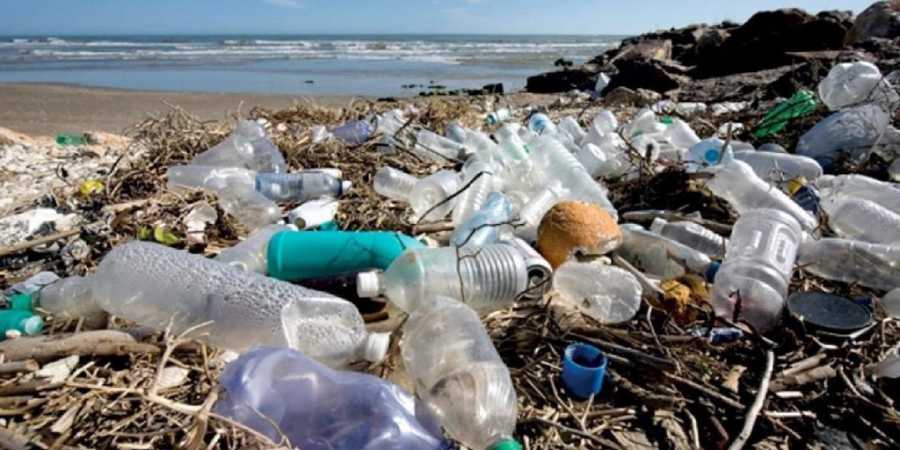×
The Standard e-Paper
Stay Informed, Even Offline

NAIROBI, KENYA: Environmentally, plastic is a growing disaster. Most plastics are made from petroleum or natural gas, non-renewable resources extracted and processed using energy-intensive techniques that destroy fragile ecosystems.